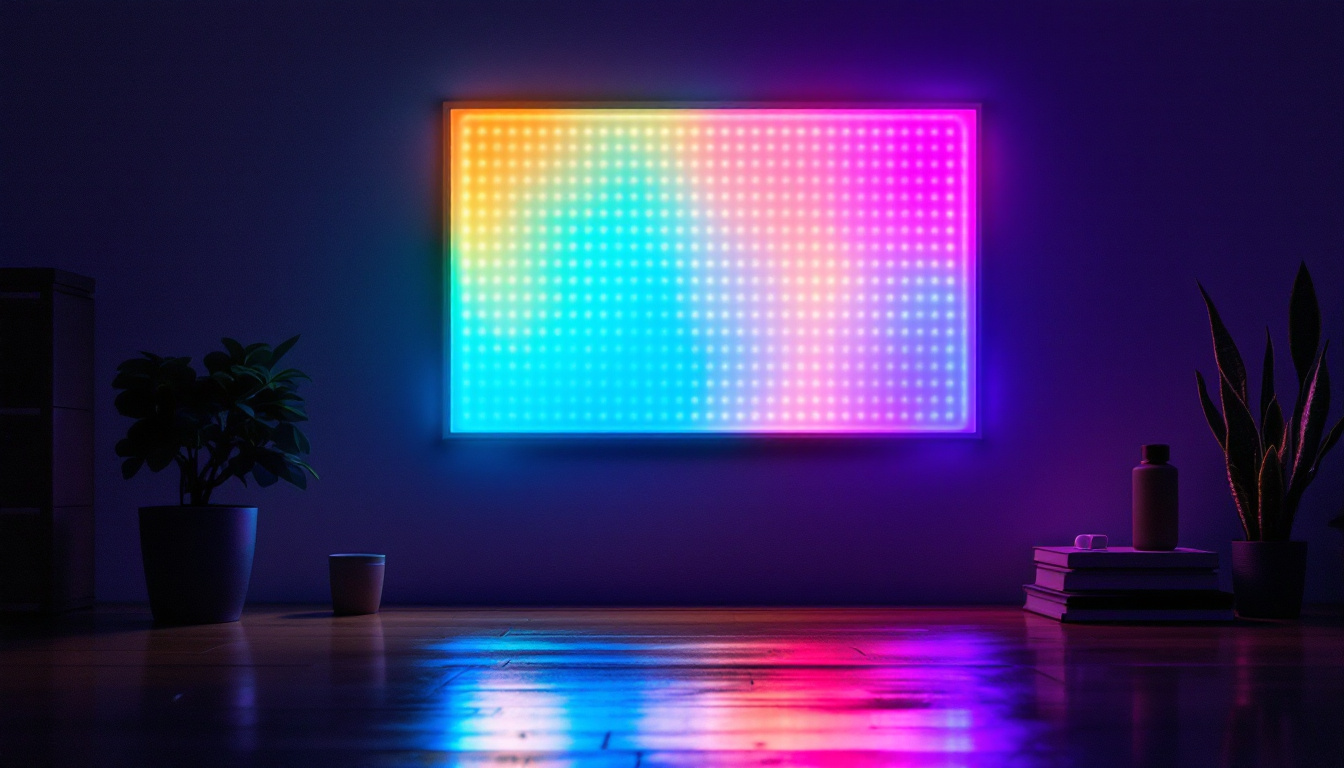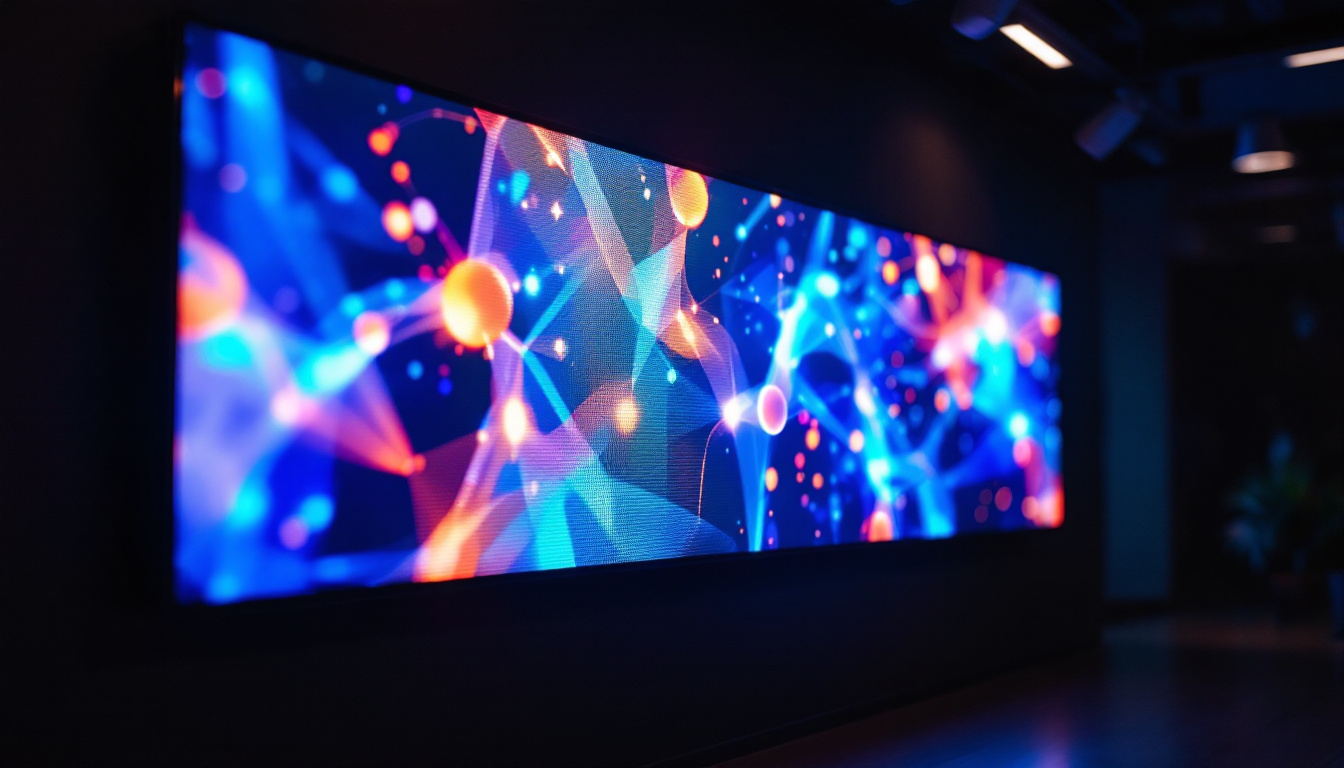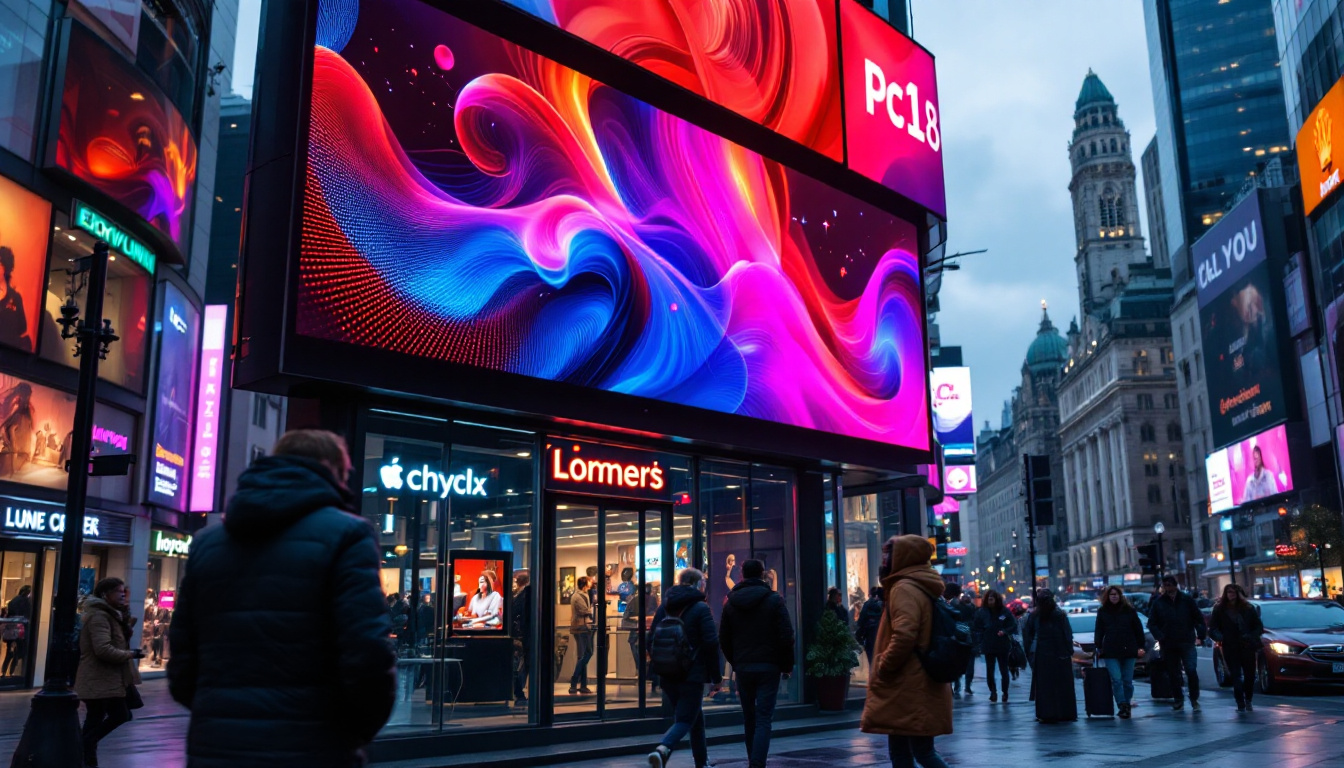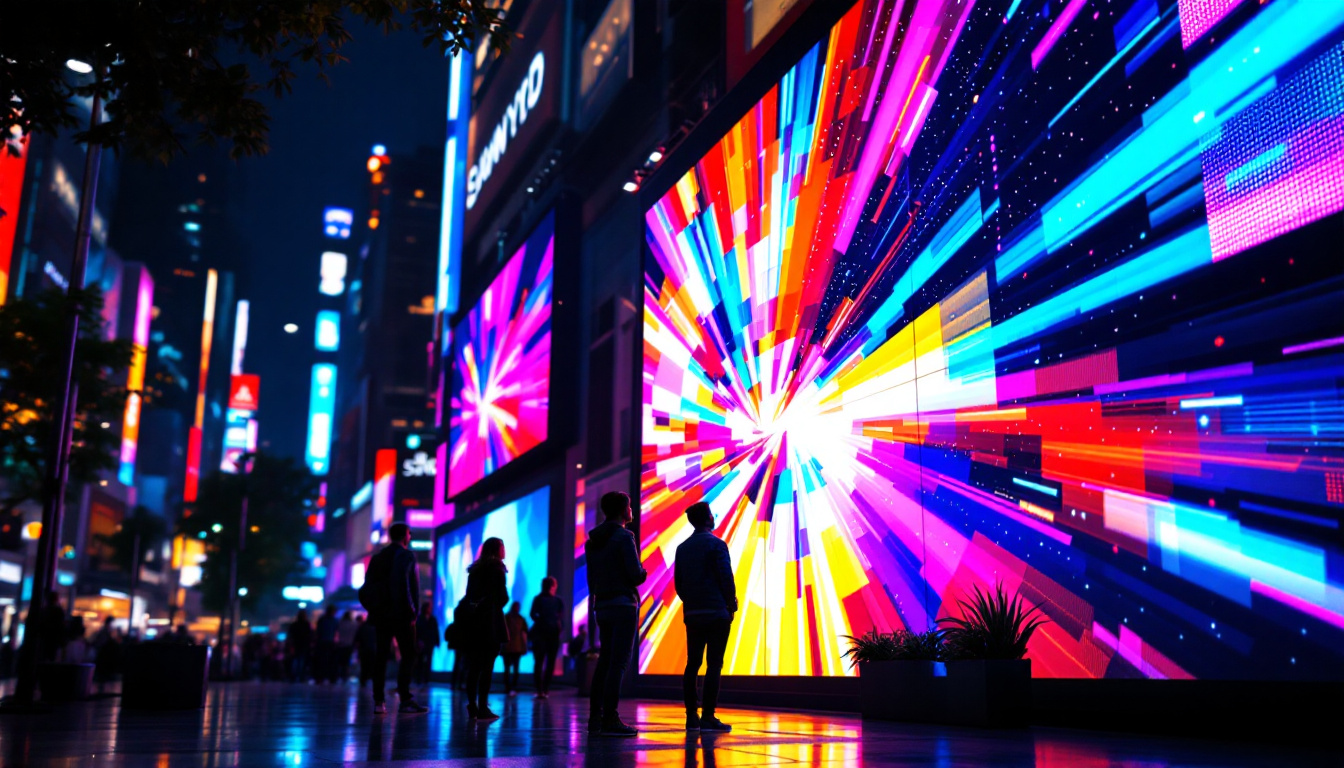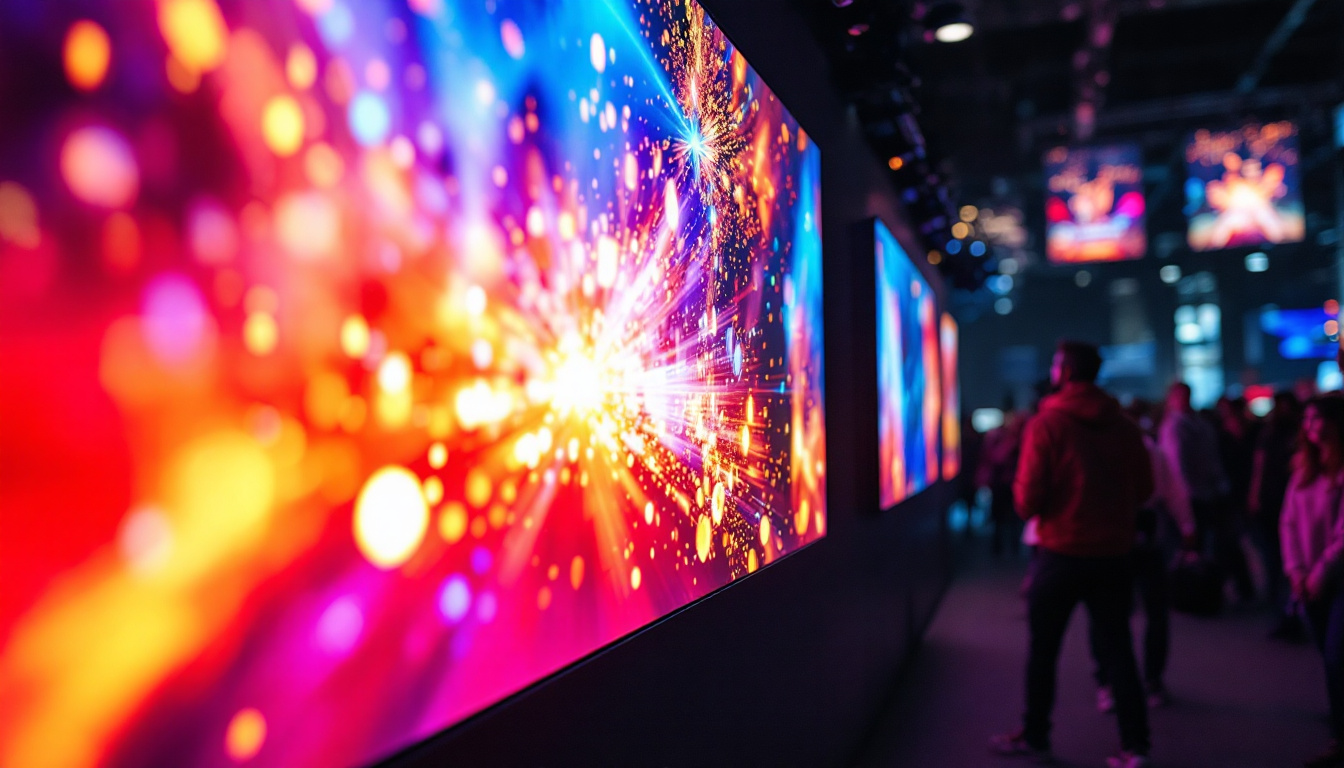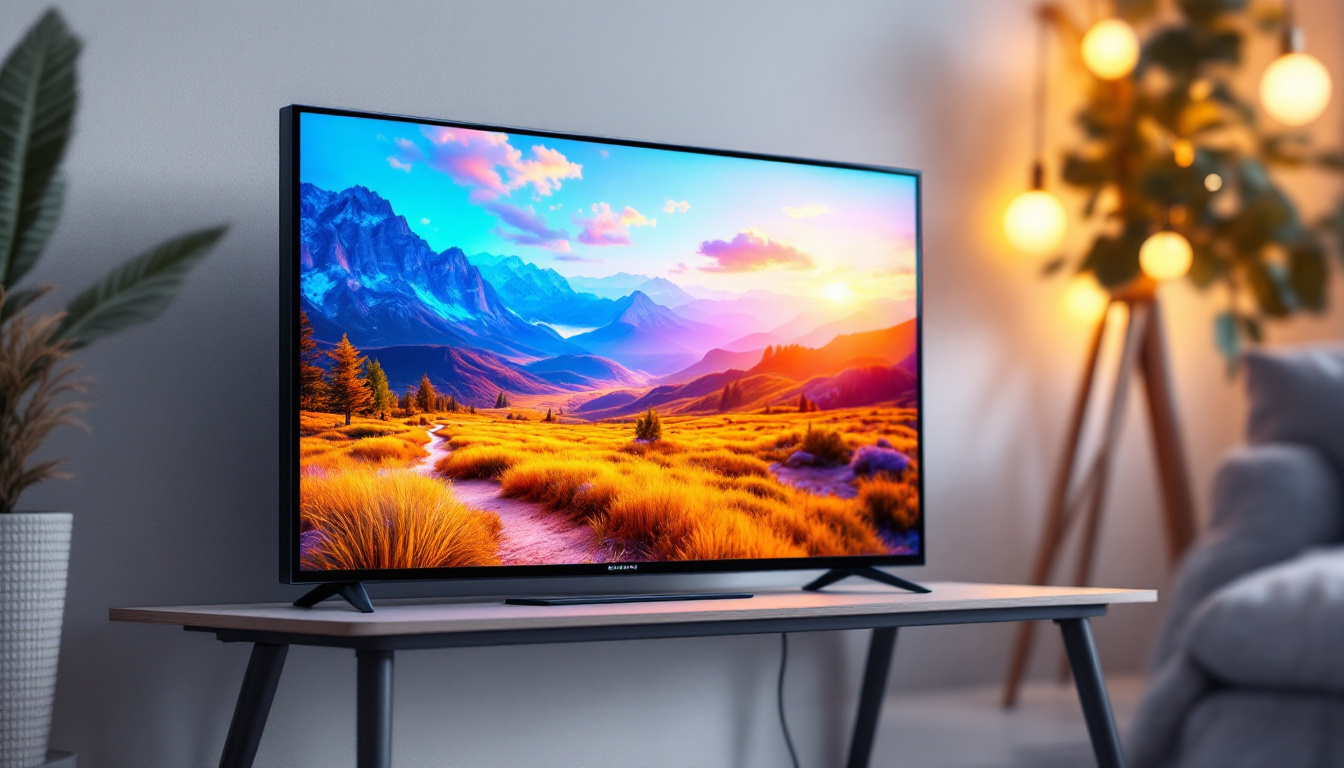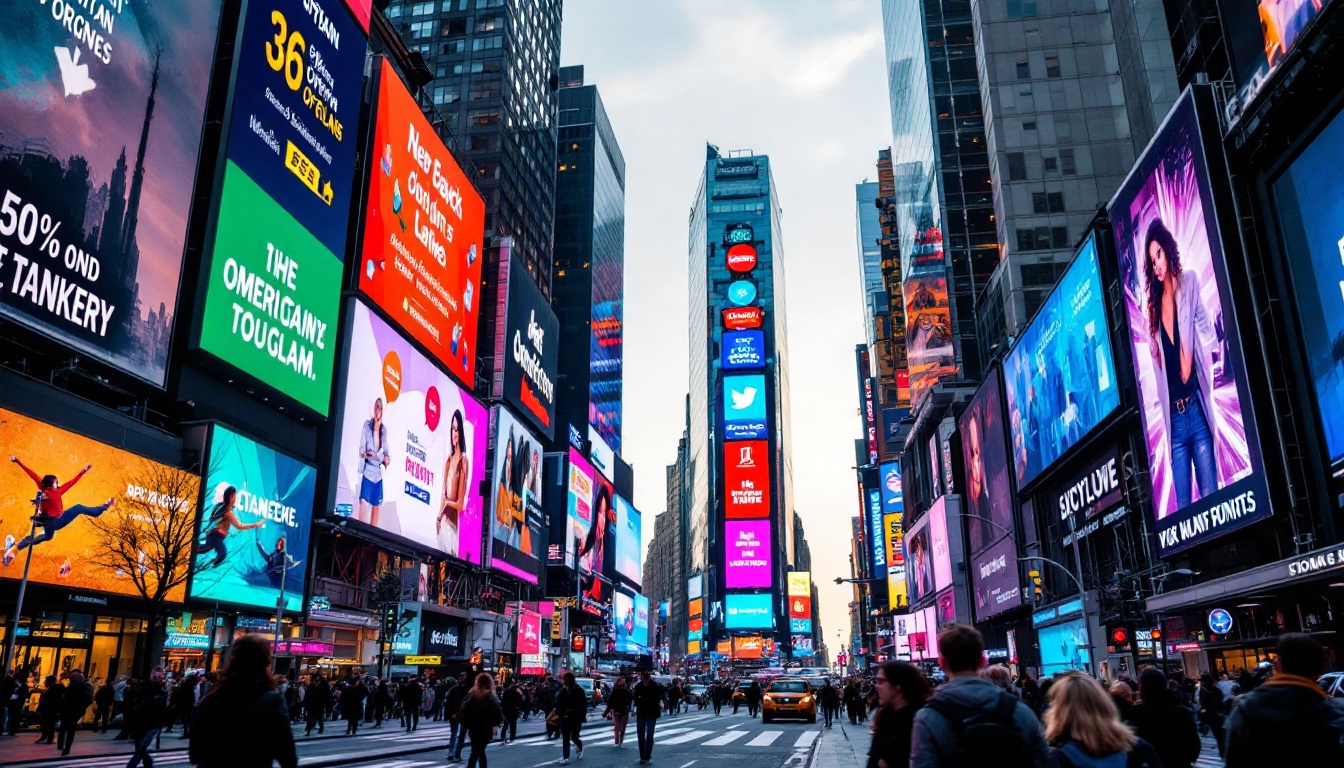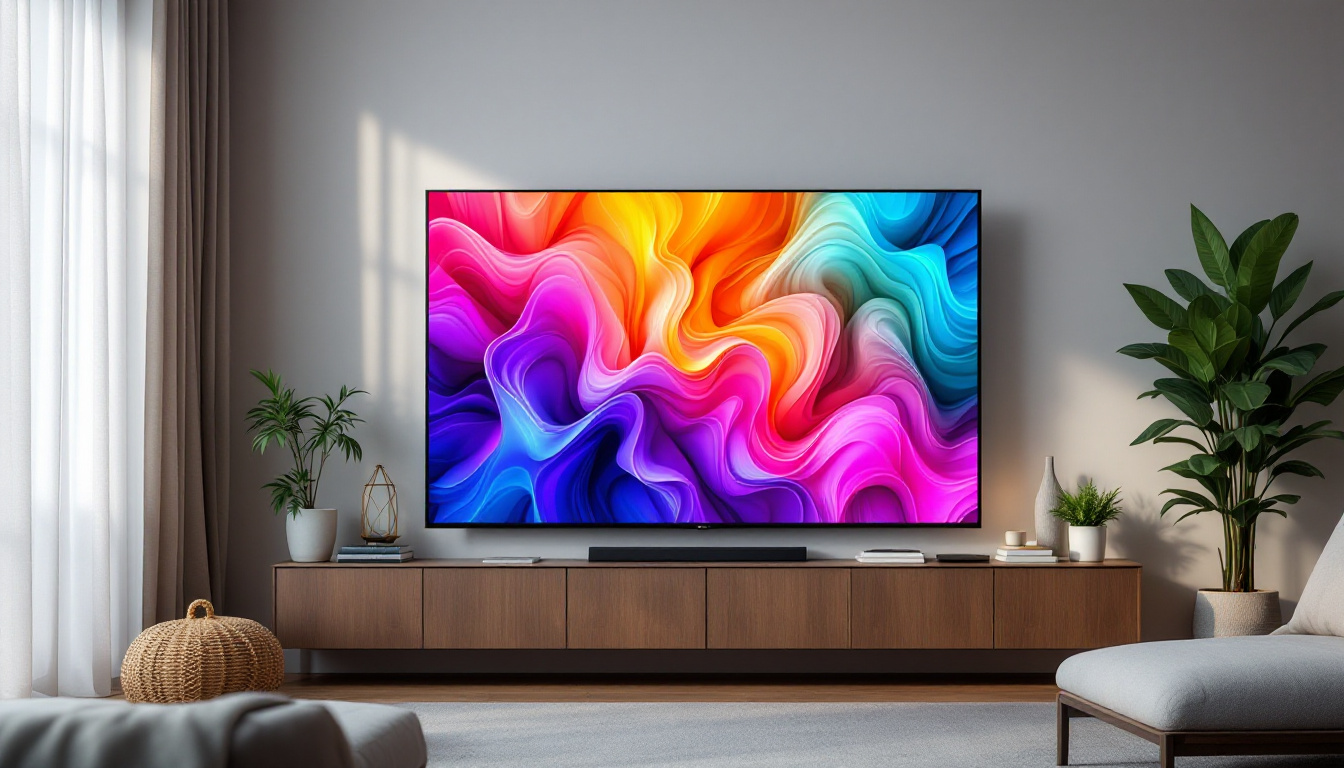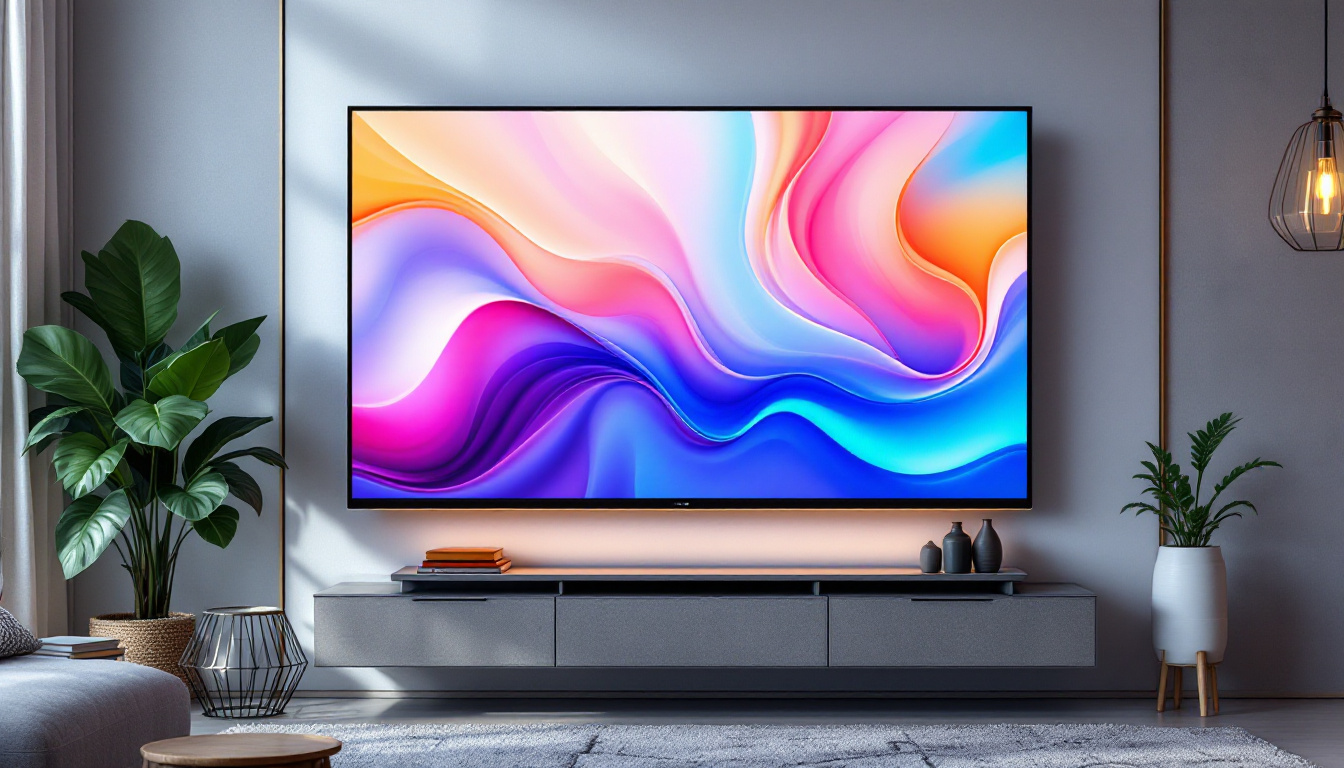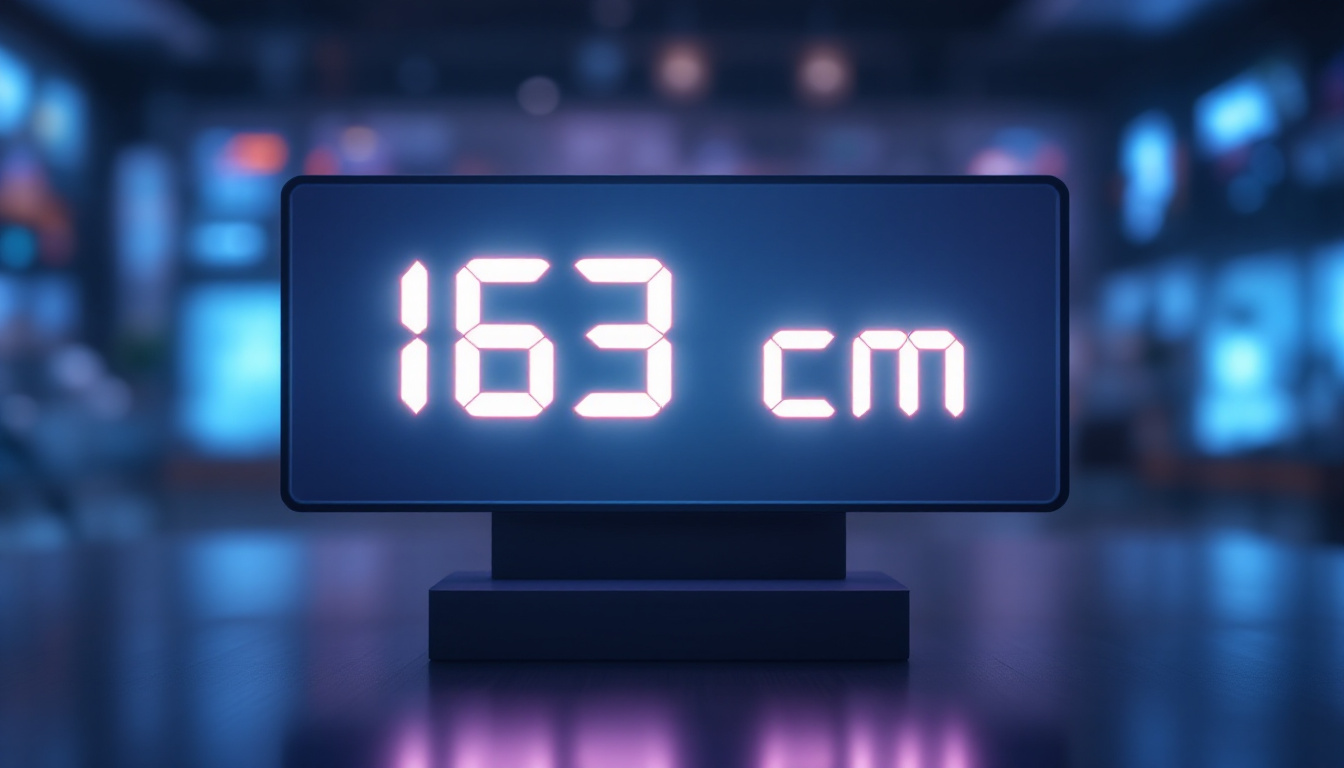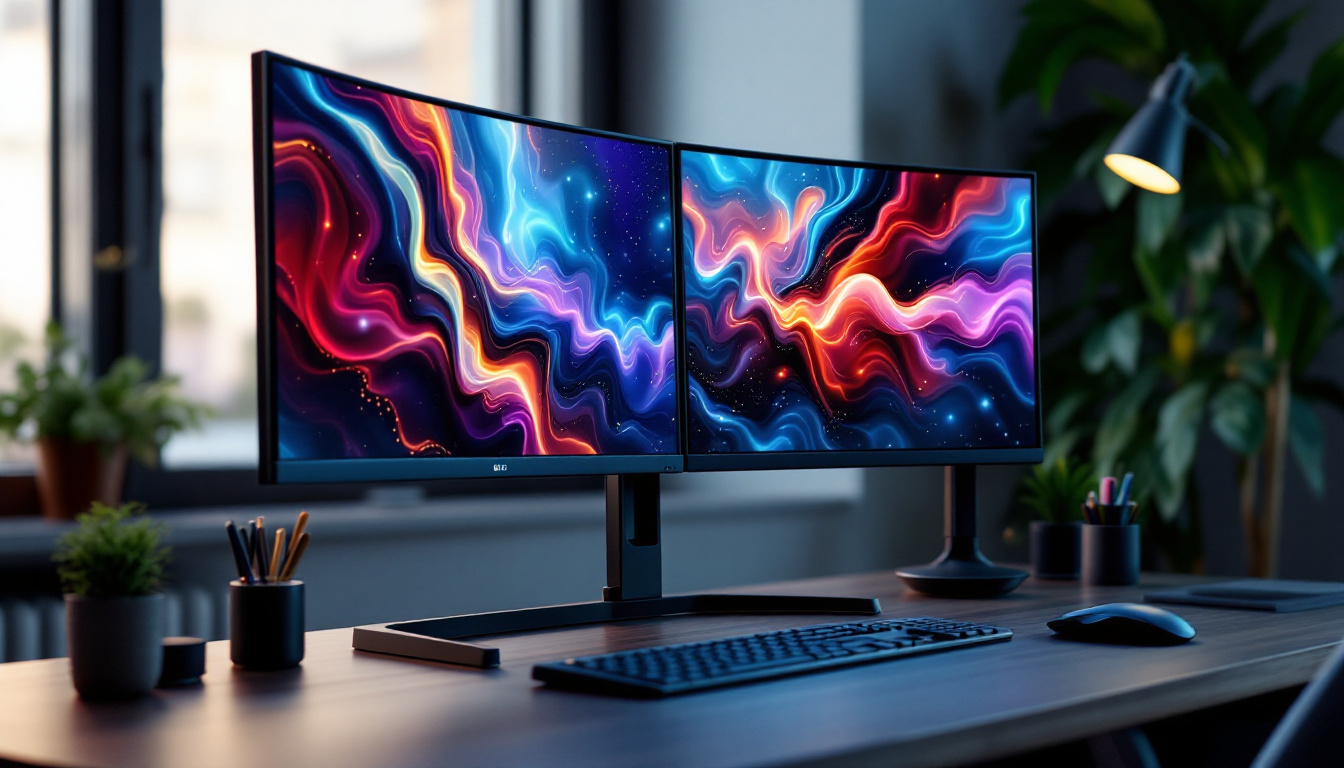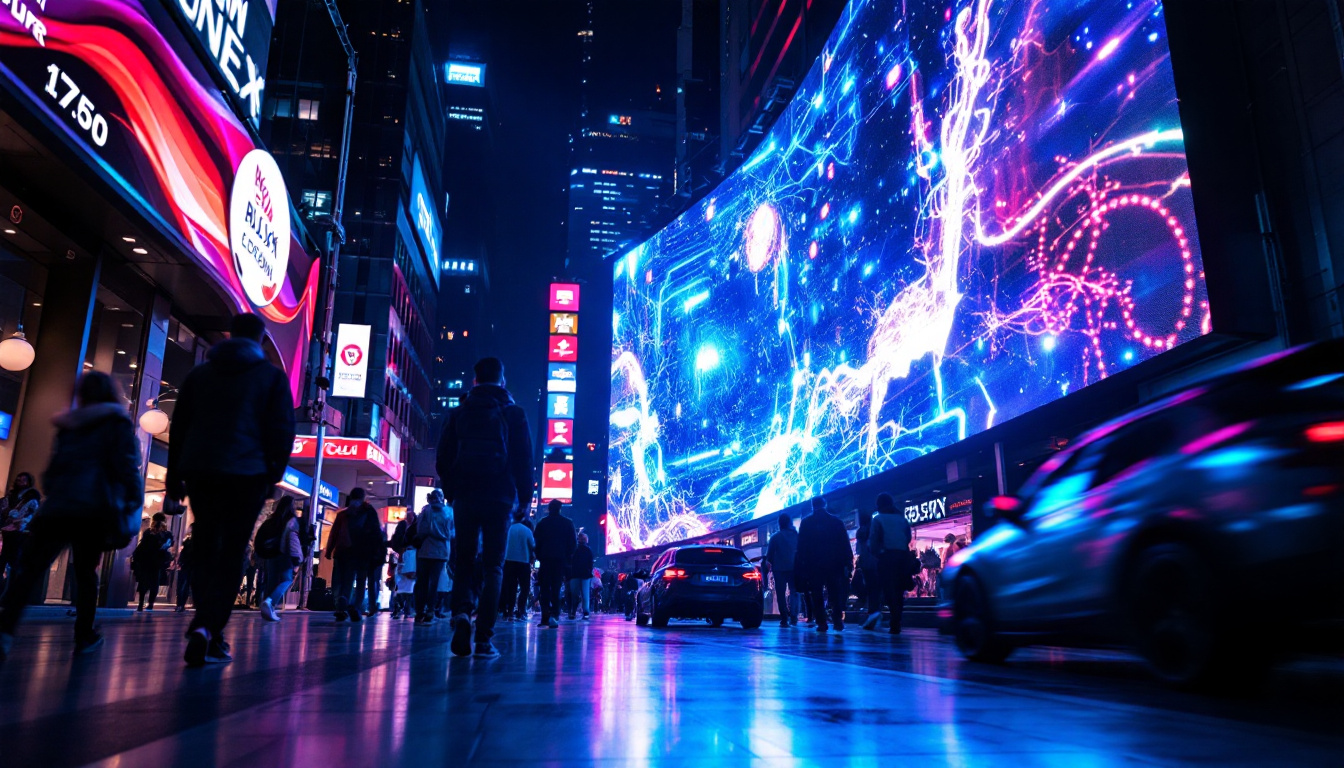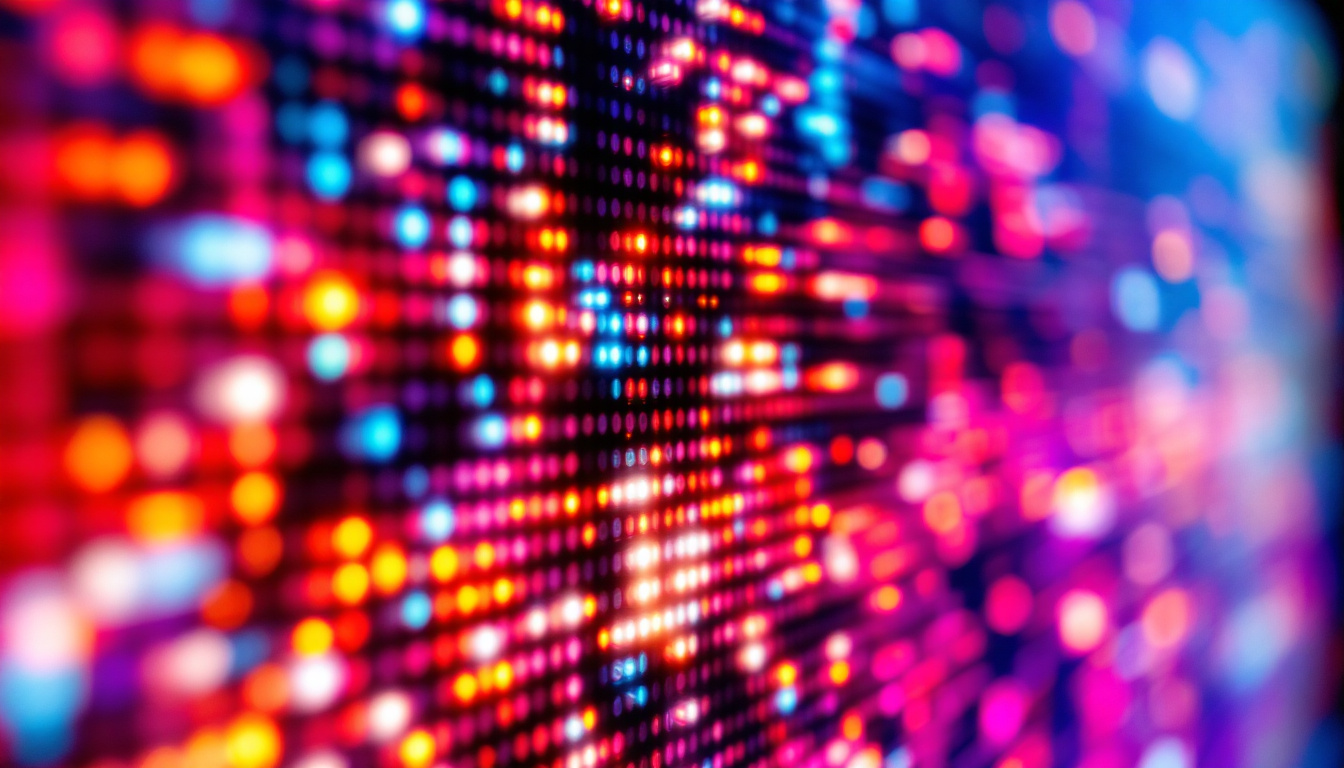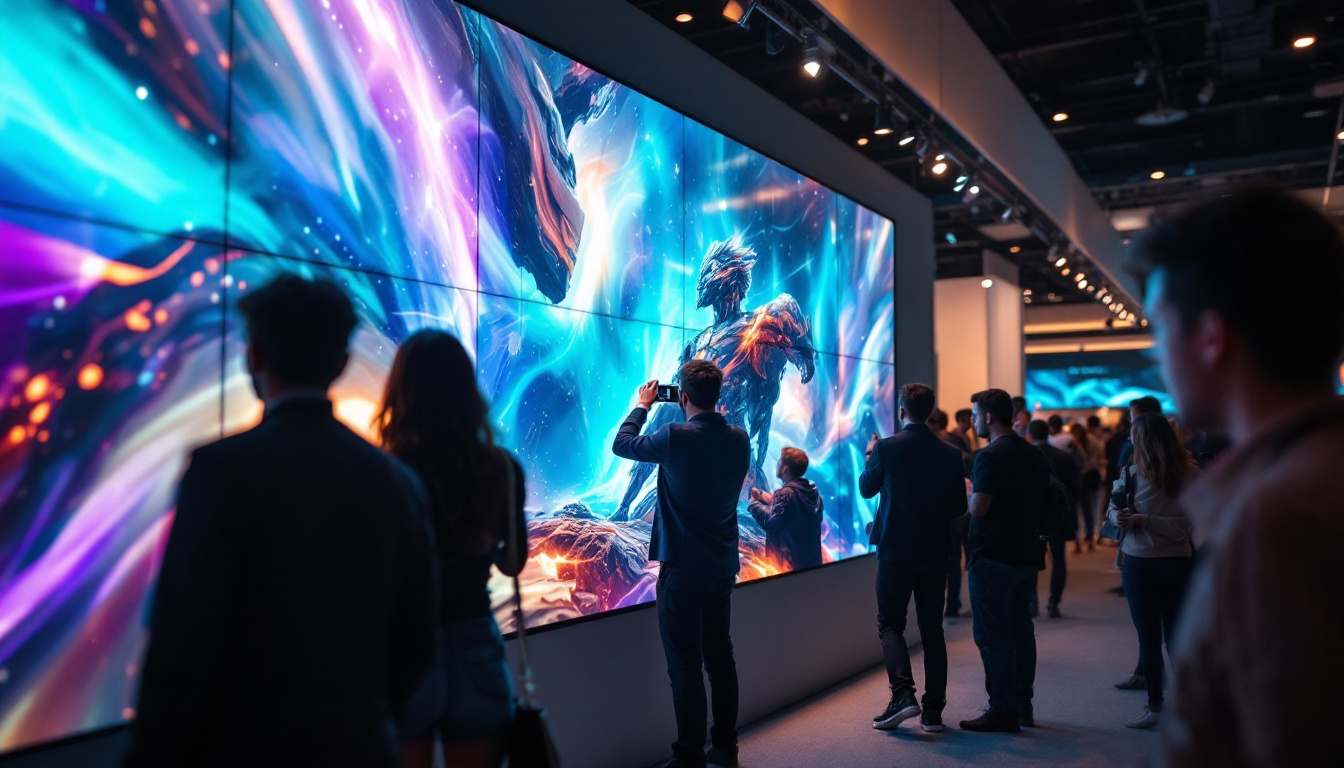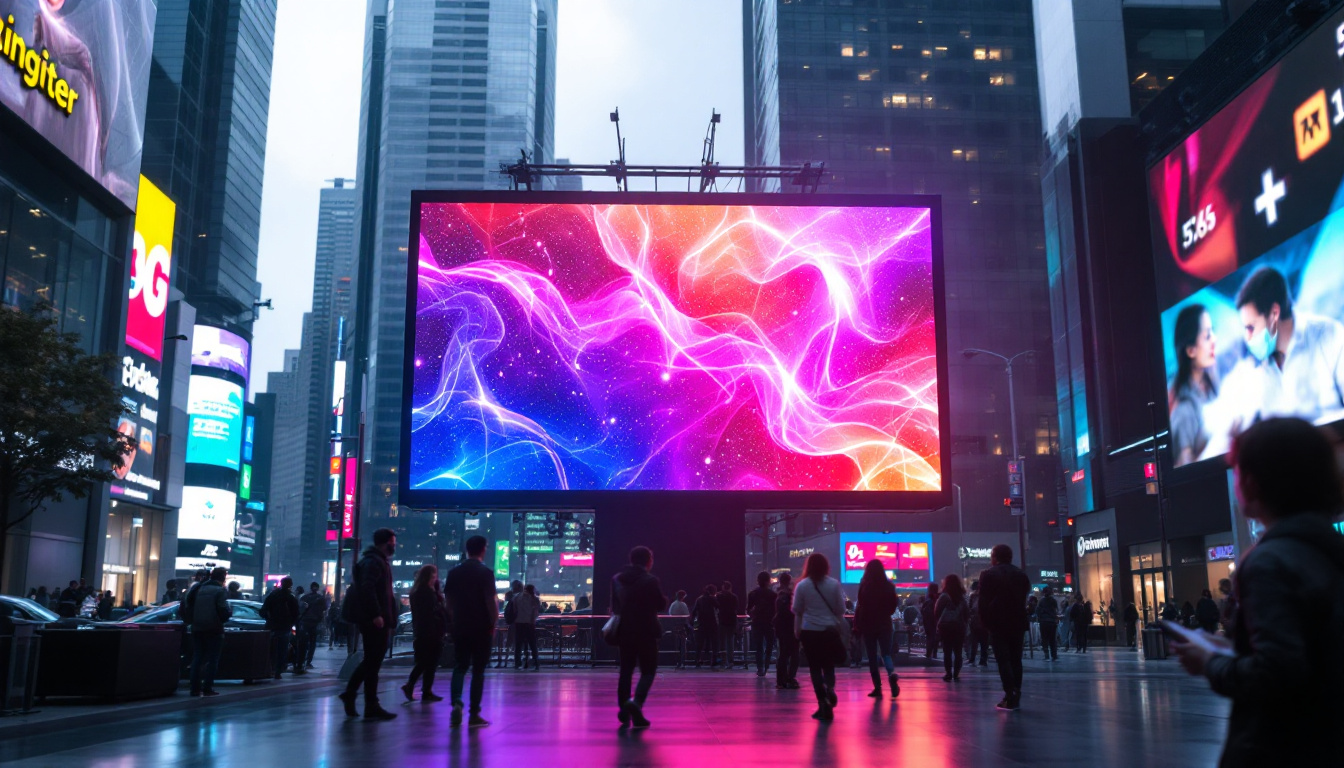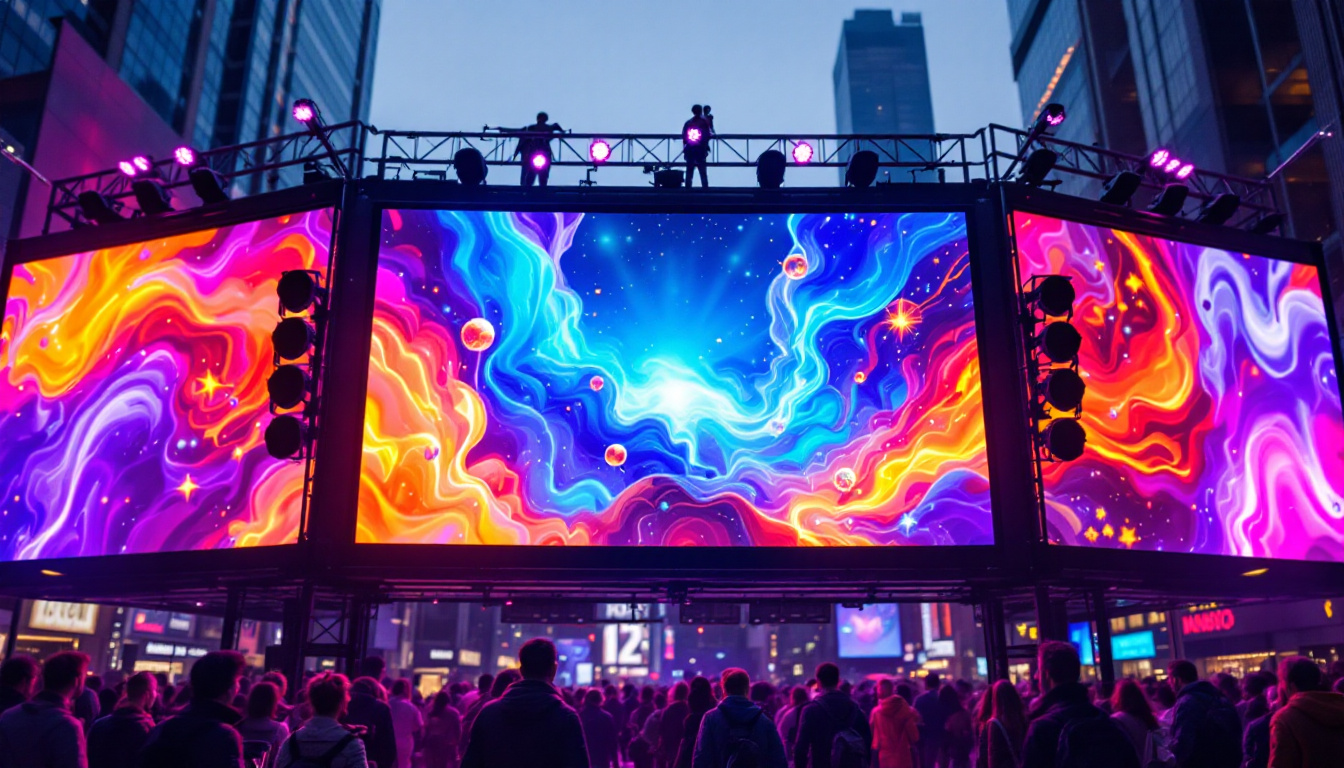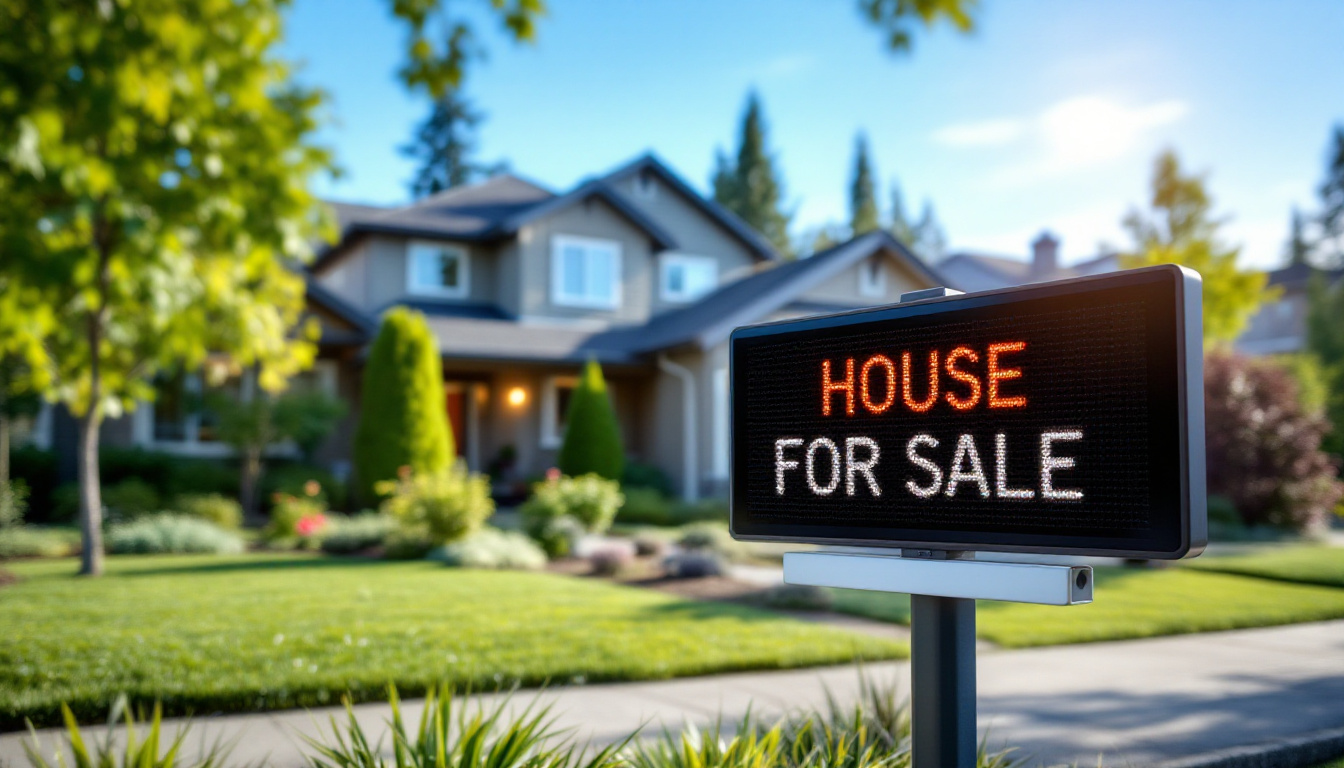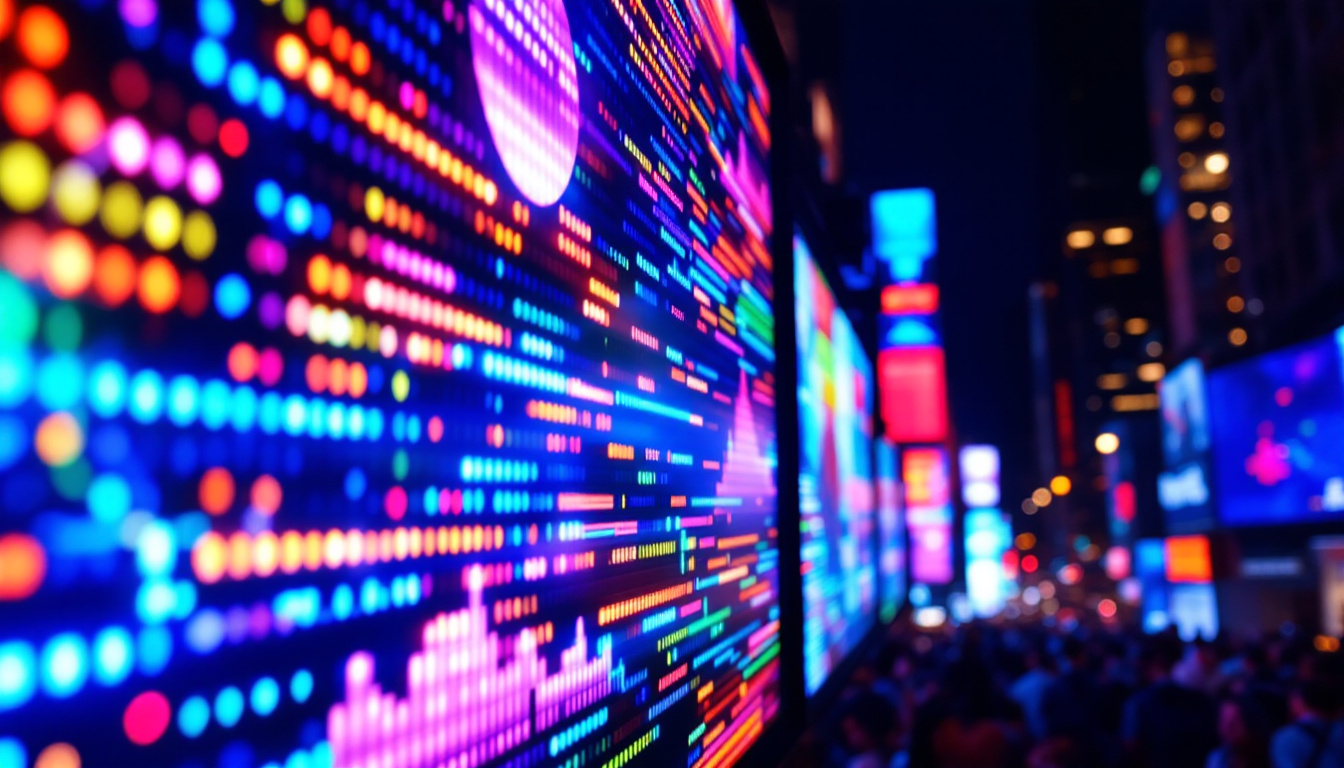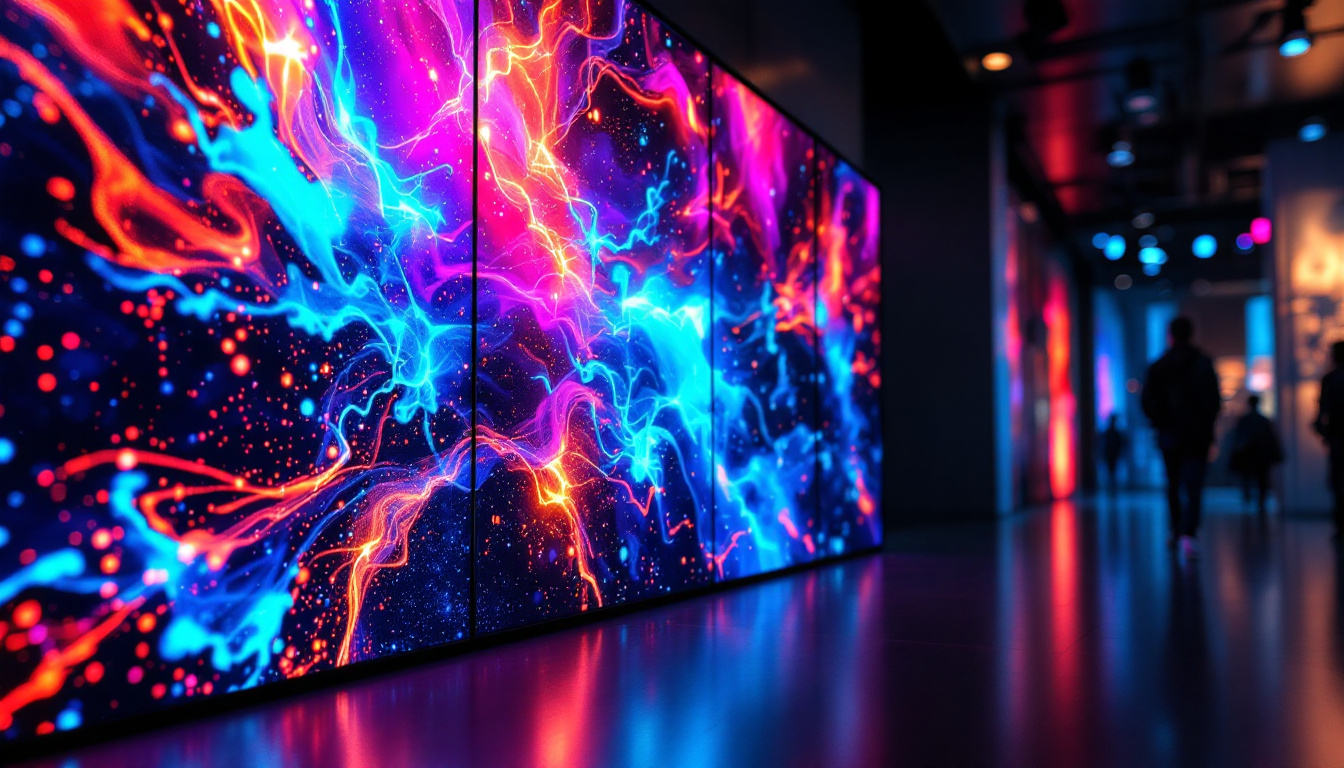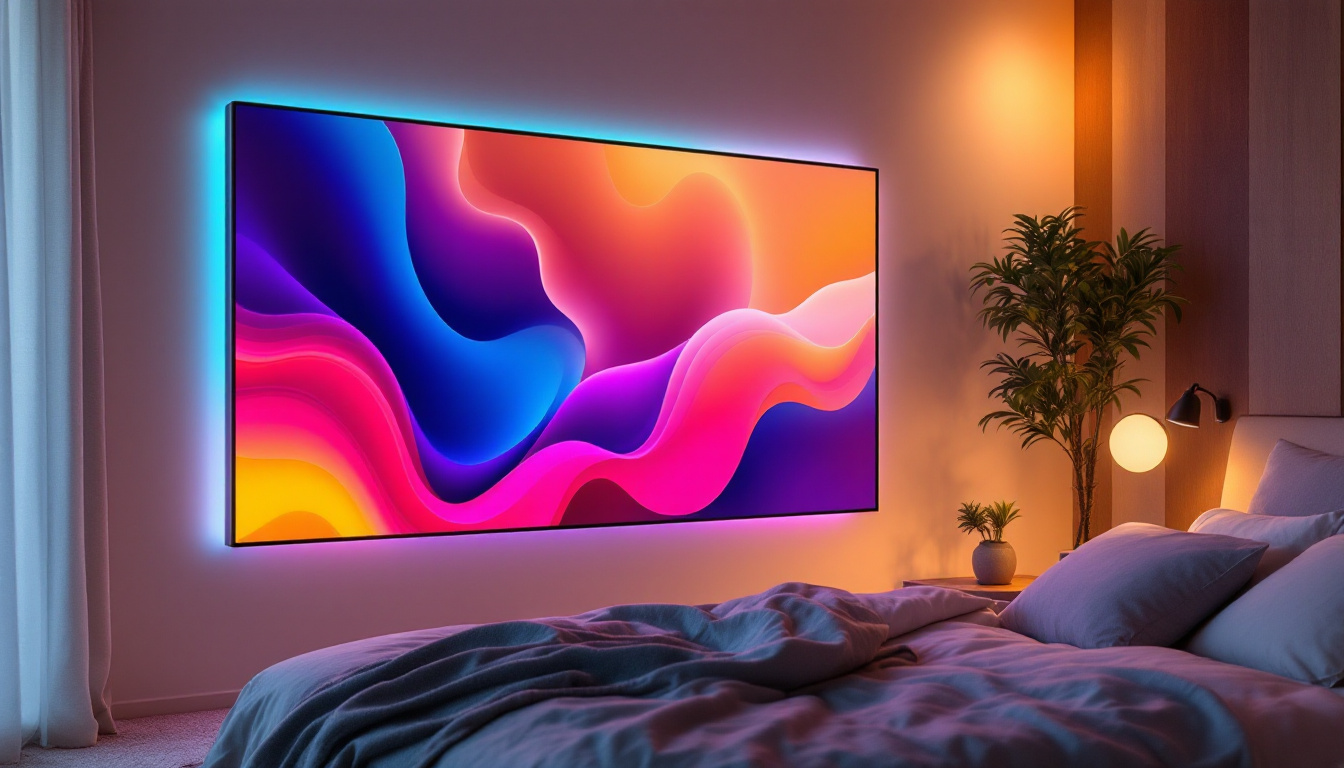In the realm of modern technology, LED light panels have emerged as a revolutionary solution for both commercial and residential lighting needs. These panels not only provide illumination but also serve as a medium for displaying information and enhancing aesthetics. This article delves into the intricacies of LED light panels, exploring their functionality, advantages, applications, and future trends.
Understanding LED Technology
LED, or Light Emitting Diode, is a semiconductor device that emits light when an electric current passes through it. Unlike traditional incandescent bulbs, which produce light through heating a filament, LEDs generate light more efficiently and with less heat. This fundamental difference is what makes LED technology particularly appealing for various applications.
The Science Behind LEDs
The operation of an LED is based on a phenomenon called electroluminescence. When electrons move through a semiconductor material, they release energy in the form of photons, which is visible light. The color of the light emitted depends on the materials used in the semiconductor. This versatility allows manufacturers to create LEDs in a wide range of colors and intensities.
Another critical aspect of LED technology is its energy efficiency. LEDs consume significantly less power than traditional lighting options, making them an environmentally friendly choice. This efficiency translates not only into lower electricity bills but also into reduced carbon footprints, contributing to a more sustainable future. Additionally, the lifespan of LEDs can reach up to 25,000 hours or more, far exceeding that of incandescent and fluorescent bulbs. This longevity means fewer replacements and less waste, further enhancing their eco-friendly profile.
Types of LED Light Panels
LED light panels come in various forms, each designed to meet specific needs. Some of the most common types include:
- Flat Panels: These are ultra-thin and can be easily mounted on ceilings or walls. They are ideal for providing uniform lighting in offices and commercial spaces.
- Edge-Lit Panels: Utilizing LEDs positioned along the edges, these panels create a bright, even light across the surface. They are often used in retail displays and signage.
- Backlit Panels: With LEDs positioned behind the panel, these provide a more intense light output and are commonly used in areas requiring high brightness.
Beyond these common types, there are also specialized LED panels designed for unique applications. For instance, some panels are tailored for use in medical environments, where precise color rendering is crucial for accurate diagnosis and treatment. These medical-grade panels often feature advanced technology to minimize glare and provide a soothing light quality. Furthermore, there are panels designed for horticultural use, which emit specific wavelengths of light to optimize plant growth, making them invaluable in indoor farming and greenhouse settings. The adaptability of LED technology continues to expand, pushing the boundaries of what is possible in lighting solutions.
Advantages of LED Light Panels
LED light panels offer a multitude of benefits that make them a preferred choice in various settings. From energy savings to aesthetic appeal, these advantages are worth exploring.
Energy Efficiency
One of the most significant advantages of LED light panels is their energy efficiency. Compared to traditional lighting solutions, LEDs consume up to 80% less energy. This not only leads to substantial cost savings over time but also reduces the overall demand for electricity, which is beneficial for the environment. Furthermore, the reduced energy consumption translates to lower greenhouse gas emissions, contributing to a more sustainable future. As more businesses and households switch to LED lighting, the cumulative effect can lead to a significant reduction in carbon footprints on a global scale.
Longevity and Durability
LEDs have a lifespan that can exceed 25,000 hours, significantly outlasting traditional bulbs. This longevity means less frequent replacements, reducing maintenance costs and waste. Additionally, LED light panels are more durable, as they are not prone to breakage like glass bulbs, making them suitable for various environments. Their resilience is particularly advantageous in high-traffic areas or locations where lighting fixtures are exposed to vibrations and impacts. This durability not only enhances safety by minimizing the risk of broken glass but also ensures that the lighting remains consistent and reliable over time.
Versatility and Design Flexibility
LED light panels can be designed to fit any space, offering flexibility in terms of size, shape, and color. This versatility allows designers and architects to create innovative lighting solutions that enhance the aesthetic appeal of a space. Whether in homes, offices, or public areas, LED panels can be tailored to meet specific lighting needs. Moreover, the ability to customize color temperatures—from warm whites to cool blues—enables the creation of different moods and atmospheres, making them ideal for a variety of applications. For instance, in a retail environment, adjustable LED panels can highlight products effectively, while in a healthcare setting, softer lighting can promote a calming atmosphere for patients.
Applications of LED Light Panels
The applications of LED light panels are vast, spanning multiple industries and settings. Their adaptability makes them suitable for various uses, from functional lighting to artistic displays.
Commercial Use
In commercial settings, LED light panels are widely used for general illumination, signage, and advertising. Retail stores often utilize these panels to create eye-catching displays that attract customers. The ability to change colors and brightness levels allows businesses to adapt their lighting according to promotional events or seasonal changes. Additionally, many restaurants and cafes are employing LED panels to set the mood, using warm tones to create a cozy atmosphere or vibrant colors to energize the space during busy hours. Moreover, the energy efficiency of LED panels translates to significant cost savings over time, making them an attractive option for businesses looking to reduce their overhead expenses.
Residential Use
In residential spaces, LED light panels can enhance the ambiance of any room. They are commonly used in kitchens, living rooms, and home offices to provide bright, energy-efficient lighting. Moreover, their sleek design can complement modern interior decor, making them a popular choice among homeowners. Beyond standard lighting, these panels can also be integrated into smart home systems, allowing users to control the lighting remotely via smartphones or voice-activated devices. This level of customization not only improves convenience but also enables homeowners to create dynamic environments that can shift from bright and functional during the day to soft and relaxing in the evening.
Healthcare and Educational Institutions
LED light panels are increasingly being adopted in healthcare facilities and educational institutions. In hospitals, they provide bright, even lighting that is essential for patient care. The use of LED panels can also help reduce the risk of eye strain for both patients and staff, as they emit a consistent light that minimizes flickering. In schools, LED panels create a conducive learning environment by reducing glare and providing adequate illumination for classrooms and auditoriums. Furthermore, many educational institutions are recognizing the importance of sustainability and are transitioning to LED lighting as part of their commitment to eco-friendly practices. This shift not only enhances the learning experience but also instills a sense of environmental responsibility in students, preparing them for a future where sustainability is paramount.
Installation and Maintenance
Installing LED light panels is a straightforward process, but it requires careful planning to ensure optimal performance. Proper installation can maximize the benefits of these lighting solutions.
Installation Process
The installation of LED light panels typically involves the following steps:
- Planning: Assess the space and determine the number of panels required based on the desired brightness and layout.
- Mounting: Depending on the type of panel, they can be recessed, surface-mounted, or suspended. The mounting method will influence the installation approach.
- Wiring: Connect the panels to the electrical system, ensuring compliance with local codes and regulations.
Maintenance Tips
While LED light panels require minimal maintenance, a few tips can help prolong their lifespan:
- Regularly clean the panels to remove dust and debris that can affect light output.
- Check for any loose connections or signs of wear in the wiring.
- Consider using dimmers or smart controls to adjust brightness according to need, which can further enhance energy savings.
Future Trends in LED Technology
The future of LED light panels looks promising, with ongoing advancements in technology and design. As the demand for energy-efficient lighting solutions continues to grow, several trends are emerging.
Smart Lighting Solutions
With the rise of smart home technology, LED light panels are increasingly being integrated into smart lighting systems. These systems allow users to control their lighting remotely via smartphones or voice-activated devices. Features such as scheduling, dimming, and color-changing capabilities enhance user experience and energy efficiency.
Human-Centric Lighting
Human-centric lighting focuses on creating environments that promote well-being and productivity. LED light panels can be designed to mimic natural light patterns, adjusting color temperature and intensity throughout the day. This approach is particularly beneficial in workplaces and educational settings, where lighting can significantly impact mood and performance.
Increased Customization
As technology advances, manufacturers are offering more customizable options for LED light panels. This includes the ability to choose specific colors, shapes, and sizes, allowing for greater creativity in design. Such customization can cater to individual preferences and specific applications, making LED panels even more versatile.
Conclusion
LED light panels represent a significant advancement in lighting technology, combining energy efficiency, longevity, and versatility. Their applications span across various industries, making them an essential component of modern lighting solutions. As technology continues to evolve, the future of LED light panels promises even greater innovations that will enhance both functionality and aesthetics.
In summary, whether for commercial, residential, or institutional use, LED light panels offer a myriad of benefits that make them an ideal choice for anyone looking to improve their lighting solutions. Embracing this technology not only leads to cost savings but also contributes to a more sustainable and visually appealing environment.
Discover LumenMatrix’s Innovative LED Display Solutions
Ready to elevate your space with the latest in LED technology? Look no further than LumenMatrix, a pioneer in crafting immersive LED display modules that transform environments and captivate audiences. From dynamic Indoor and Outdoor LED Wall Displays to versatile solutions like Vehicle LED Displays, LED Posters, and even Custom LED Displays, LumenMatrix is at the forefront of revolutionizing visual communication. Experience the future of lighting and display technology today. Check out LumenMatrix LED Display Solutions and see how we can help you make a powerful visual statement.

